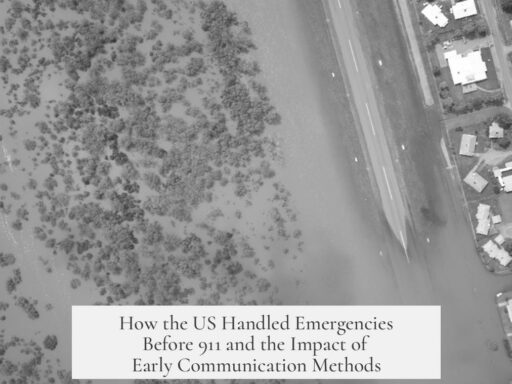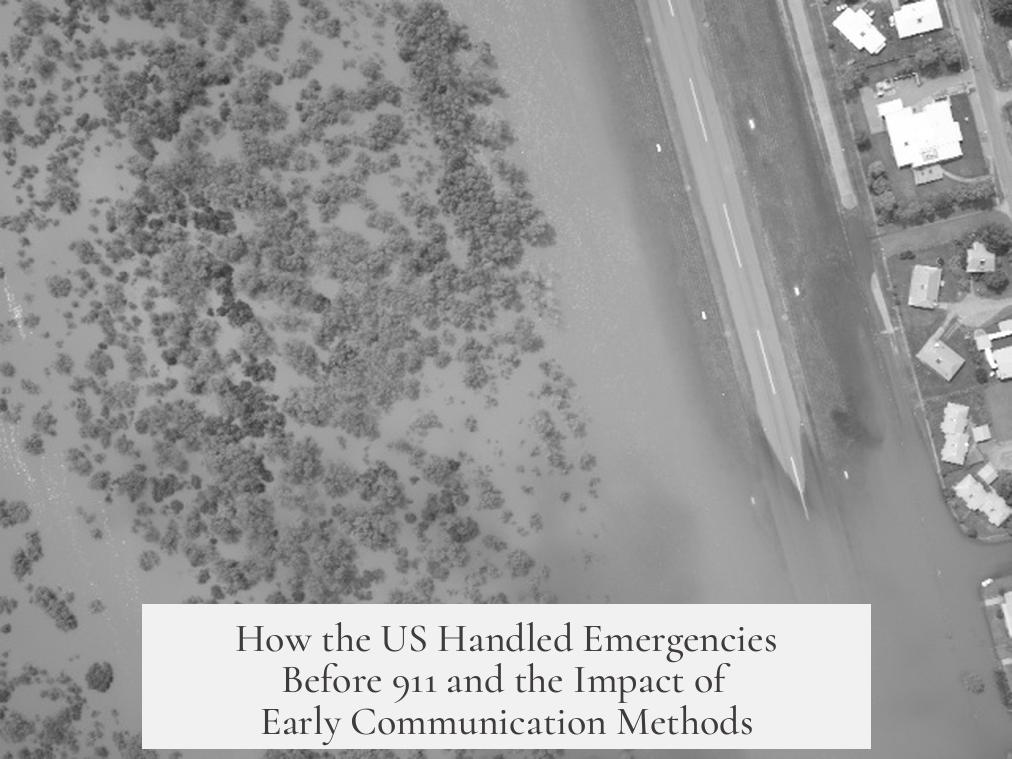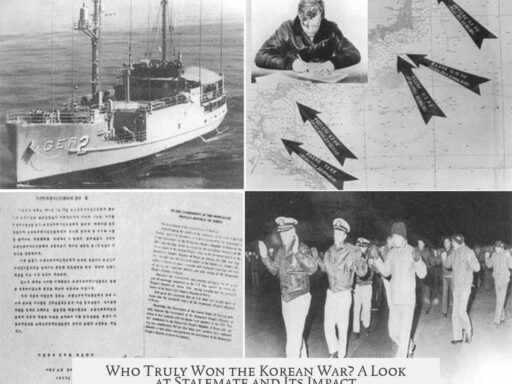Before the 911 system was established in 1968 in the United States, emergencies were handled through a variety of disconnected methods that evolved alongside communication technology. In the late 19th century, cities used telegraph fire alarm systems and police telegraph boxes to report emergencies, a far cry from the unified system citizens rely on today.
By the 1860s, telegraph fire alarm systems were commonly installed in urban areas. These systems allowed individuals to activate alarms linked directly to fire departments. While police telegraph boxes existed, access was generally limited to police personnel or trusted citizens, not the general public.
The telephone’s introduction in the 1870s gradually changed emergency communication. However, these devices were not widespread for decades, and public familiarity with them was limited. Early telephone usage required dialing 0 to reach an operator, who would then connect the caller to the desired party, such as the police or fire department.
This operator-assisted system introduced delays and confusion. For instance, in 1935 the UK experienced a deadly fire where emergency calls clogged the system, prompting the establishment of the UK’s first universal emergency number, 999. Similar challenges existed in the US and elsewhere, where the need for a standardized emergency number became evident.
Until the mid-20th century, emergency numbers varied by location. Some locales introduced custom numbers for police or fire services, but there was no national standard. In fact, movies like the 1950 MGM thriller Dial 1119 portrayed only one of many possible emergency numbers, reflecting this regional inconsistency.
People reported emergencies by contacting the operator or a local number. Instructions from the late 1940s illustrate this: callers were told to say, “I want to report a fire,” or “I want a policeman,” and to remain on the line to provide location details. Yet, this approach was prone to errors, long wait times, and sometimes missed calls.
The 1964 Kitty Genovese case highlighted systemic issues with emergency response communications. Genovese was stabbed in Queens, New York, during the early morning hours. Although multiple witnesses saw or heard the attack, delays and difficulty reaching police services hindered timely assistance. Reportedly, several people tried calling for help but faced busy lines or misdialed numbers due to the lack of a standard number.
This incident exposed drawbacks in fragmented emergency techniques and inspired calls for reform. While it did not directly cause the creation of 911, it underscored the urgent need for a unified emergency number in the US.
In 1965, President Lyndon B. Johnson formed a commission on law enforcement that recommended establishing a single uniform telephone number for police and other emergency services. Despite initial reluctance—especially from fire departments who preferred direct calls—the effort proceeded.
The introduction of the 911 number was gradual. Early adopters included some urban centers, but rural counties often lacked the infrastructure to implement it immediately. Nationwide adoption took until the 1980s and, in certain areas, even the 1990s.
| Era | Emergency Response Method | Key Features |
|---|---|---|
| Late 19th Century | Telegraph Fire Alarm Systems & Police Telegraph Boxes | Fixed locations, telegraph signals, limited public access |
| Early to Mid 20th Century | Operator-Assisted Telephone Calls | Dial 0 for operator, connection delays, no standard numbers |
| 1940s-1960s | Custom Local Emergency Numbers | Varied numbers by location, public confusion, inconsistent service |
| Post-1968 | Standardized 911 Number | Unified number, improved response, gradual national adoption |
In summary:
- Before 911, emergencies were reported through telegraph boxes, telephone operators, or custom local numbers.
- Early telephones required operator assistance, causing delays and confusion.
- There was no standardized emergency number before 911, leading to inconsistent and inefficient responses.
- The Kitty Genovese case highlighted communication failures but was not the sole cause of the 911 system.
- The 911 number was officially recommended in 1967 and gradually implemented nationwide in the following decades.
How Were Emergencies Handled Before 911 in the US?
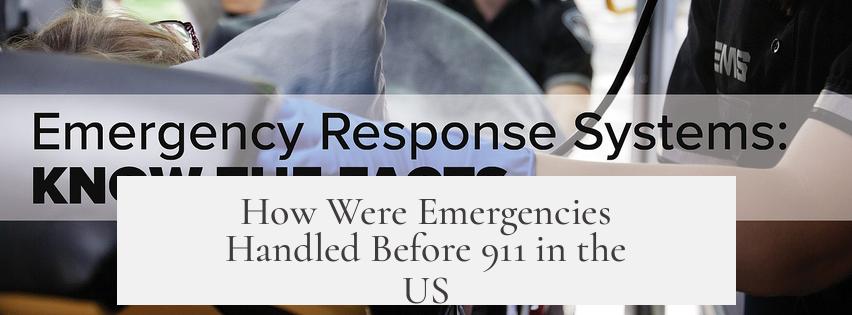
Before 1968 and the birth of the 911 emergency number, emergencies were handled in a far less straightforward and unified manner. Today’s instant dialing is a luxury our predecessors could only dream of. So how did folks get help when disaster struck or danger loomed? Let’s rewind the clock and explore the evolution of emergency response from before telephones even existed, through the early 20th century.
Smoke Signals and Bells? Not Quite, but Close Enough
Way before 911 was even a glimmer in anyone’s eye, communities relied on more mechanical and manual warning systems. In the late 19th century, one of the pioneering systems was the telegraph fire alarm system. Invented in the 1850s and popularized by the Gamewell Fire Alarm Telegraph Company in the 1860s, this system allowed people to trigger telegraph alarms that alerted firehouses about a fire.
Imagine a city with buzzers and telegraph machines wired to “call” smoke and flame emergencies to the fire department. This was before smartphones, or even large-scale telephony, kept everyone connected.
For the police, things weren’t wildly different. Some cities had police telegraph boxes. These boxes were primarily for police use, but trusted citizens sometimes got keys to report crimes or emergencies. A far cry from today’s universal access and immediacy—but effective for its time.
The Dawn of Telephones: Dialing for Help Starts
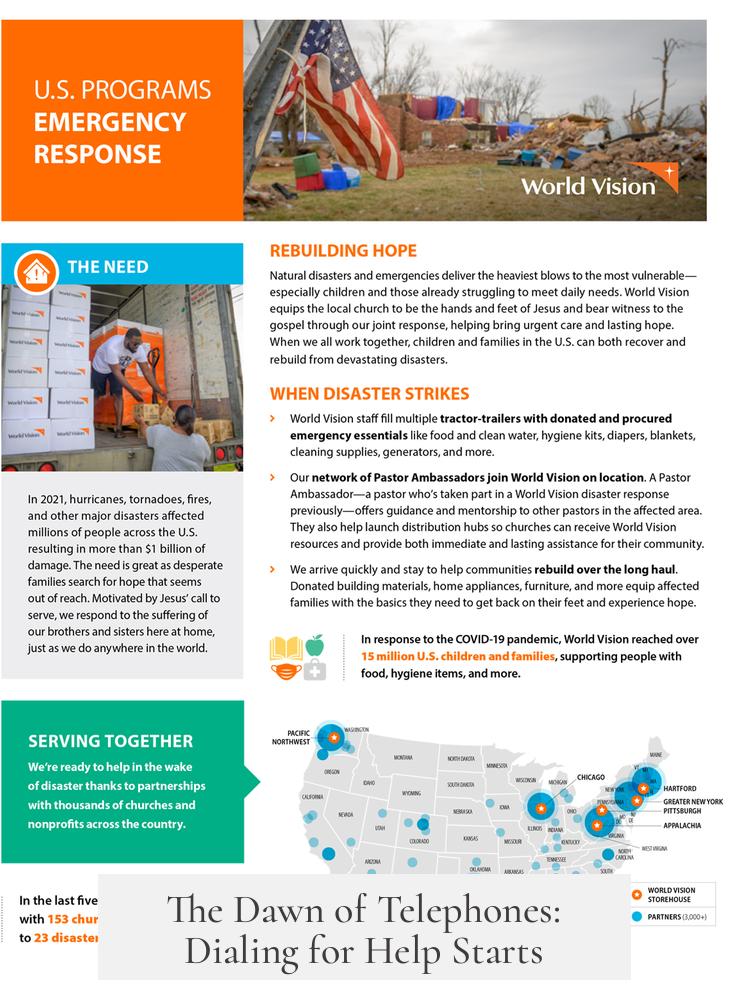
Telephones, introduced in the 1870s, initially weren’t the go-to for emergencies. Few homes had them, and most folks weren’t comfortable or even aware of how to use them effectively. When they did use phones to reach help, the call often went through an operator.
Picture this: you pick up the phone and dial “0” to reach a human operator who then connects you to the police, fire department, or ambulance. It’s a bit like sending a message via a middleman, which takes time and adds room for mistakes—and, of course, operators could be overwhelmed during crises.
A problematic example came from across the pond in the UK in 1935, where a fire victim tragically died because calls to fire services got stuck in a queue. This disaster prompted the UK to create their “999” emergency number. In the US, telephone technology was slowly evolving, but automatic switching—which allowed people to dial emergency services directly—was still rolling out.
During the late 1940s, public instructions were generally:
“Call or dial the operator and say, ‘I want to report a fire,’ ‘I want a policeman,’ or ‘I want the sheriff.’ If you cannot remain at the telephone, tell the operator where help is needed.”
While this was functional, it clearly lacked the urgency, ease, and speed we expect today.
Chaos in the Numbers: No Universal Emergency Number
The biggest annoyance? There was no single emergency number. Different towns and cities had their own telephone numbers for police or fire departments. Some places used custom numbers, sometimes as obscure as 1119, as shown in a 1950 MGM movie called Dial 1119.
Memorizing which number to call in an emergency was a gamble. What if you dialed the wrong number? That delay could cost precious minutes—or lives. No wonder standardization was sorely needed.
The Kitty Genovese Case: A Catalyst for Change
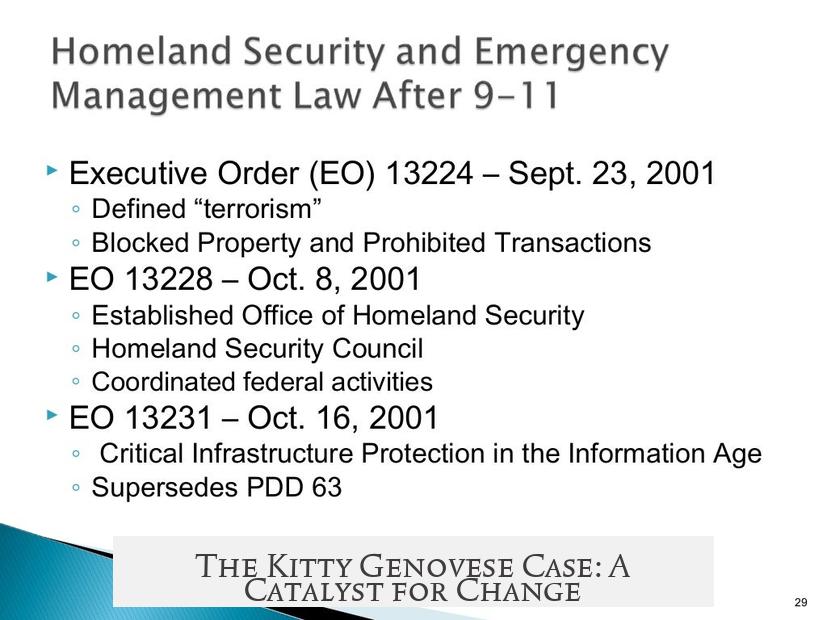
If you grew up hearing about urban legends in psychology class, you probably recall the Kitty Genovese case. In 1964, Kitty Genovese was fatally stabbed outside her Queens apartment while reportedly dozens of neighbors witnessed it but did not call the police immediately.
The story, as portrayed in a New York Times article, shocked the country and sparked discussions about bystander apathy. Yet, the true narrative is more nuanced. Some neighbors did try to call the police, but technological limits blocked them:
- The phone system had only one line, often busy.
- Some callers simply got no answer due to simultaneous calls.
- Lack of a universal emergency number confused many under stress.
One witness, Sophie Farrar, actually did call the police and stayed with Kitty until help arrived. This case underscored the serious flaws in emergency communication and helped spur support for a unified number—a big part of the push toward 911.
The Birth of 911: The Road to a Unified Emergency System
In 1965, President Lyndon Johnson appointed the President’s Commission on Law Enforcement and Administration of Justice. Their 1967 report recommended a single, nationwide emergency number to simplify and speed up emergency calls.
Though the idea was brilliant, implementation was gradual. Fire departments were hesitant at first, wary of adding intermediaries who might slow response times. Many departments preferred direct calls for fire emergencies.
The rollout of 911 was a slow crawl across the US. Rural areas, with patchy phone and radio coverage, took longer to adopt it. It wasn’t until the 1980s, and in some spots even the 1990s, that 911 became truly nationwide.
What Can We Learn from History?
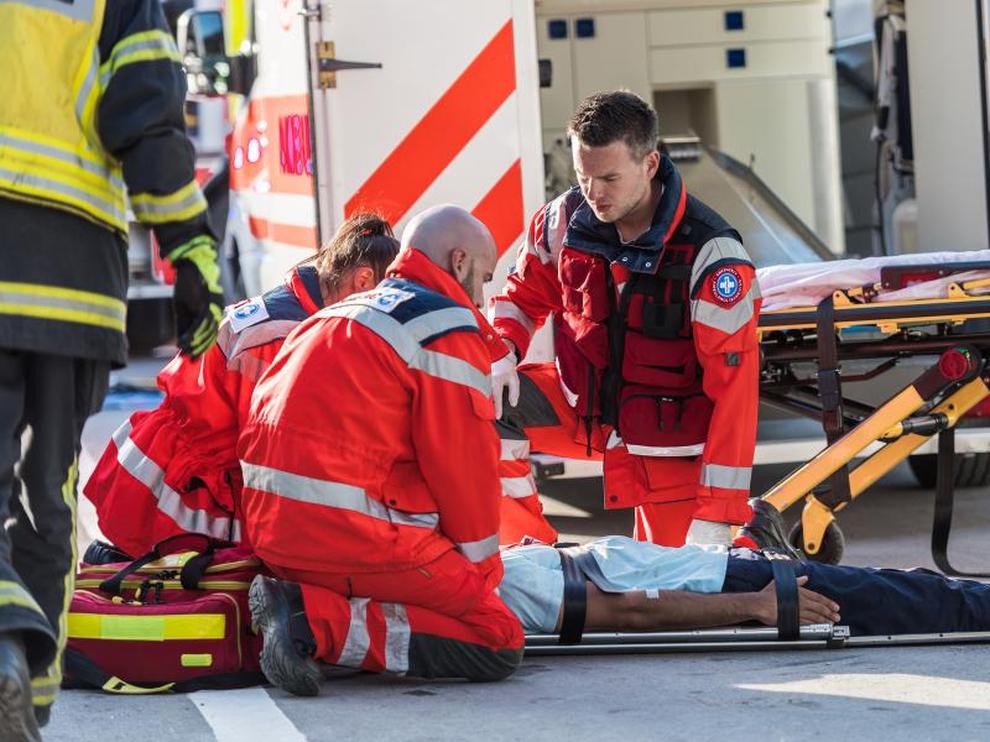
Emergency response before 911 is like a patchwork quilt: functional but definitely not seamless. Systems ranging from telegraph alarms to human operators were innovative for their time but had serious limitations:
- No single number to remember left people guessing during crises.
- Operator-dependent calls took longer and risked errors.
- Technological limits meant some calls got missed or blocked.
Imagine needing help while dialing “0” to an operator… and then waiting, hoping the correct department answers. Suddenly, 911 seems like a godsend rather than a convenience.
Recommendations and Reflections
If you find yourself frustrated by emergency systems today, just remember how complicated it once was. The standardization of 911 highlights the importance of clear communication protocols and accessible technology.
What about now? As technology evolves—think smartphones, GPS, and even video calls—emergency services continue to improve. But remembering the slow and fragmented beginnings helps us appreciate each leap forward.
Next time you dial 911, consider tipping your hat to telegraph wires and switchboard operators whose sacrifices and struggles paved the way.
Summary Table: Emergency Response Evolution in the US
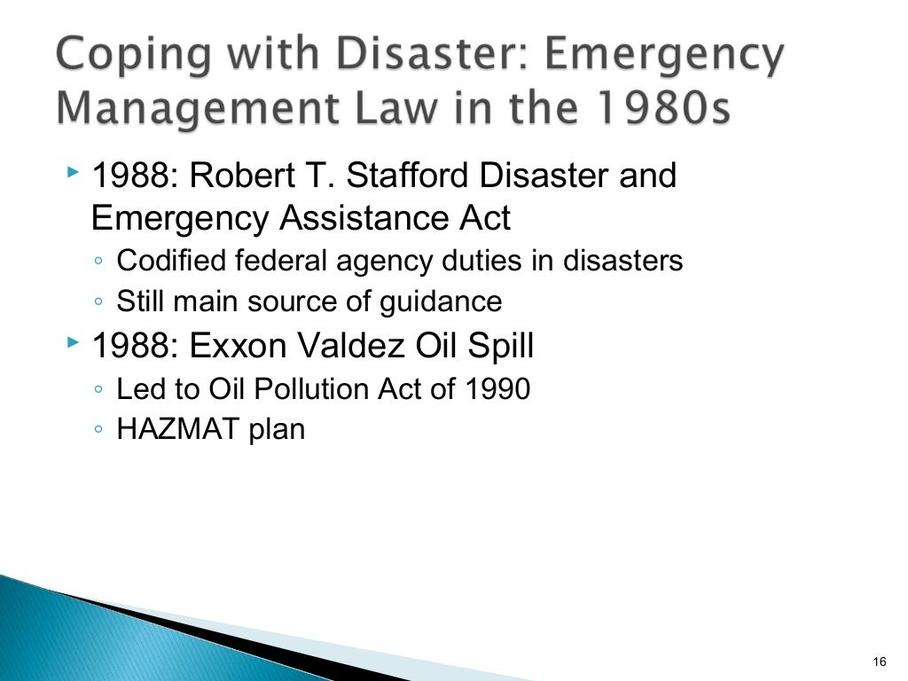
| Period | Emergency Response Method | Drawbacks |
|---|---|---|
| Mid to Late 19th Century | Telegraph Fire Alarm System and Police Telegraph Boxes | Limited to fire, difficult for police and public access; slow interaction |
| Late 19th – Early 20th Century | Manual Operators Connect Calls | Dependent on operator availability; no direct dialing; slow |
| Mid 20th Century | Custom Numbers for Emergency Services | Lack of standard number caused confusion; delayed response times |
| 1968 onwards | 911 Emergency Number Established | Slow rollout; initial department resistance; eventual nationwide adoption |
Curious to Know More?
If this history fascinates you or you want to dig deeper into how emergency response has evolved, there’s a treasure trove of stories and technical advances. From the telegraph-slinging firemen of the 1800s to the sophisticated dispatch centers of today, the journey offers lessons in innovation, human behavior, and public safety.
Who knew calling for help could be such a wild ride?
How did people report fires before the invention of telephones?
In the late 19th century, cities used telegraph fire alarm systems. Citizens could pull a lever that sent a telegraph signal to the local fire station. This system started widespread use around the 1860s.
Before 911, how did people contact police or emergency services by telephone?
People dialed 0 to reach an operator, who then connected the call to police or fire departments. Early telephones and manual operators were common, but users had to request specific help like “police” or “fire.”
Why was there no single emergency number before 911?
Numbers for emergency services varied by location, with no standard system. Calls had to be directed through operators or local custom numbers, making it confusing and slow to get help.
What problems did the Kitty Genovese case reveal about emergency response?
The 1964 case showed communication issues and overloaded phone lines. Many witnesses tried calling police but got no answer due to limited phone lines and no standardized emergency number.
How did emergency services work before telephones existed?
Before phones, people relied on fire alarm telegraphs, police telegraph boxes, or physically running to a station. Communities used visible signals or messengers to alert emergency responders.
